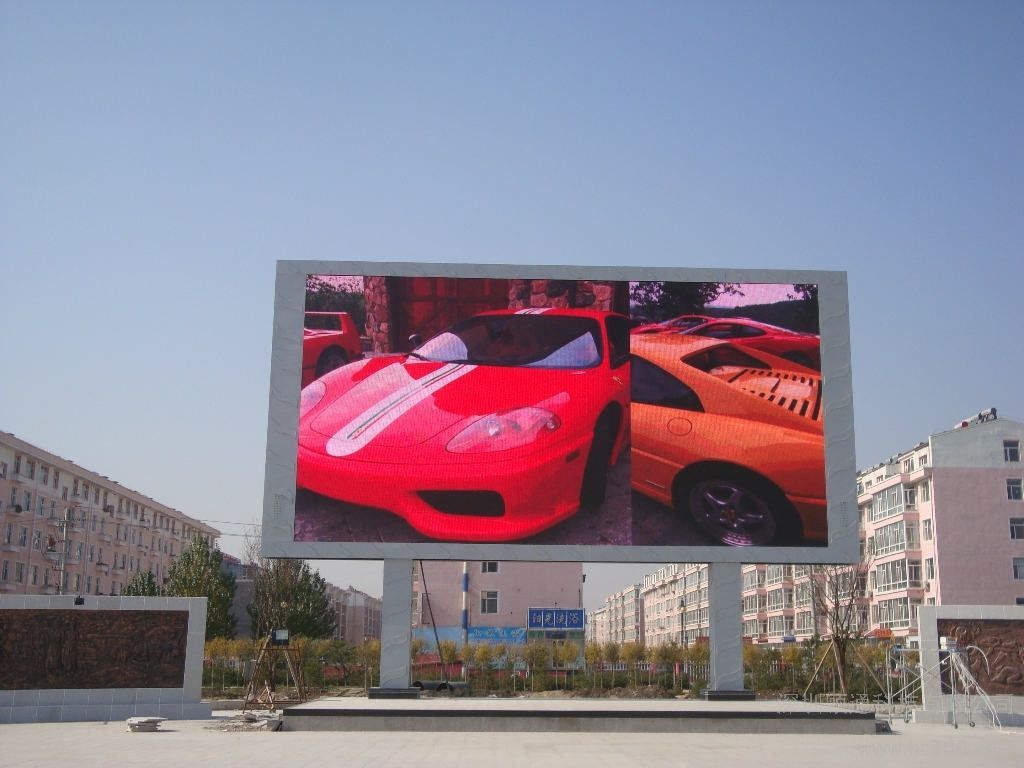No products in the cart.
industrial news
Brightness control method of LED electronic screen signs
With the maturity of LED electronic screen, the request of LED large screen is higher and higher, from monochrome to full-color. The following describes two kinds of LED large screen control methods:
One is to change the current flowing through the LED. Generally, the LED tube allows the continuous mission current to be about 20 mA. Except that the red LED has a full scene, the brightness of other LEDs is basically proportional to the current flowing through; However, this adjustment method is simple, but with the gradual improvement of LED large screen request, it is more and more unsuitable for fast and accurate modulation. The following is a commonly used modulation method;
Another method is pulse width modulation (PWM), which uses the changing frequency that the human eye can feel, and uses the pulse width modulation method to complete the gray-scale control, that is, periodically changing the light pulse width (i.e., the duty cycle). As long as the repetitive lighting period is short (that is, the rewriting frequency is satisfied with high), the human eye can not feel the light-emitting pixels shivering. Because PWM is more suitable for digital control, it has been widely used. The common way is to use a microcomputer to supply LED display. Now almost all LED screens use pulse width modulation to control the gray level.
LED control system is generally composed of main control box, scanning board and display control device. The main control box obtains the brightness data of a screen pixel from the computer display card, and then allocates a number of scanning boards, each of which is used to control several lines (columns) on the LED screen, and the LED display and control signals on each row (column) are transmitted in serial way. Now there are two ways of serial transmission of display control signal: one is to mobilize and control the gray level of each pixel on the scanning board. The scanning board will stop the brightness value of each line of pixels from the control box (i.e. pulse width modulation), and then transmit the old-fashioned signal of each line of led to the corresponding led by the pulse method (point light is 1, not light is 0) according to the line, and control whether it can be lit. This method uses less equipment, but the amount of serial transmission data is large, because in a repeated lighting cycle, each pixel needs 16 pulses under 16 levels of gray level, and 256 pulses under 256 levels of gray level. Because of the equipment mission frequency constraint, generally only 16 gray levels of LED screen can be achieved.
Another way is that the scanning board serial transmission method is not the switch signal of each LED electronic screen, but an 8-bit binary brightness value. Each LED has its own pulse width modulator to control the lighting time. In this way, in a repeated lighting cycle, each pixel only requests 4 pulses at 16 levels of gray level, and only 8 pulses at 256 gray levels, which greatly increases the serial transmission frequency. With this method of controlling LED gray level, 256 gray level control can be easily completed

